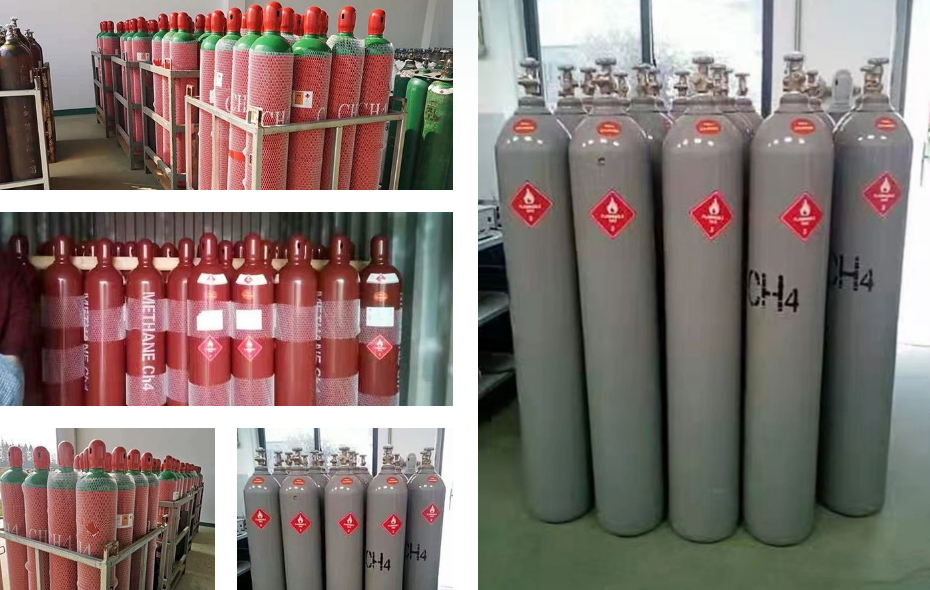Methane (CH4) is a colorless, odorless gas that is the main component of natural gas and is commonly used as a fuel. It is a hydrocarbon and is organic in nature. Methane is a very flammable gas. It burns easily in air and reacts with oxygen to produce carbon dioxide, water vapor and a lot of heat. The purpose of this article is to focus on the sources, effects and uses of methane gas.

1. Fossil fuels
Fossil fuels are currently the world's largest source of energy. Used to drive automotive engines, turbines and other machinery. It consists mostly of carbon, the main source of methane gas.
2. Wetlands
Constructed wetlands may affect the presence of methane gas. About 30 percent of methane emissions are generated by wetlands, including ponds, lakes and rivers.
3. Termites
Termites are an important natural source of methane. Termites eat cellulose and then rely on microbes in their guts to digest it. Methane is produced during the normal digestive process of termites. These microbes produce methane in the process and account for 12% of natural methane emissions.
4. Ocean
An important natural source of methane is the ocean. Methanogenic microbes that live in the ocean produce these emissions. This produces 10% of natural methane emissions. Globally, the oceans produce 19 million tons of methane per year.
5. Animal Husbandry
Enteric fermentation in animals such as cattle, sheep and goats is responsible for 27 percent of human methane emissions. Enteric fermentation occurs due to microorganisms in the stomachs of these animals.
1. Explosion
The mixture of methane and air is very explosive in nature. About 20 percent of air is oxygen, which becomes very reactive when it comes in contact with methane. In coal mines in particular, mines collapse as methane gas in the mine reacts with oxygen in the air.
2. Greenhouse effect
Methane gas itself is not harmful to the environment or life. Nonetheless, methane is known as a greenhouse gas effect associated with global warming.
3. Burns
The extremely cold methane gas can cause burns if it comes in contact with the skin and eyes.
4. Disease
The combustion of methane gas emits hydrocarbons and smoke that can be harmful if inhaled. Additionally, exposure to high concentrations of methane can cause headaches, vomiting, nausea and loss of consciousness.
5. Climate change
Along with carbon dioxide, methane was responsible for about 23% of 20th-century climate change, according to NASA.
1. For cooking
First, methane is a hydrocarbon, which is lighter than air. Therefore, it produces more energy per unit weight than oil and coal. Second, it doesn't have any smell and won't leave soot on cookware.
2. Residential use
Methane can heat or cool our homes. Some homes use methane natural gas to heat water. Another common use is as fuel for natural gas fireplaces.
3. Used to provide lighting
Methane gas can generate electricity for homes, offices and industries.
4. Used in the production of other compounds
Methane gas is essential for the formation of methanol, a key component of alcohol. Hydrochloric acid, one of the most commonly used acids in laboratories, is manufactured from methane gas. Chloroform, another compound that requires methane gas, is widely used as a solvent and anesthetic.
5. For running industrial machinery
Methane is a common component of fabrics, plastics, antifreeze and fertilizers. Industries such as pulp and paper, food processing, oil refineries and companies that process stone, clay and glass use the energy it releases.
7. Fertilizer ingredients
With the addition of hydrogen, the methane gas can be used to make ammonia, a key compound for making fertilizers.
If you want to know more information about Methane(CH4), please contact us. We will provide professional answers.